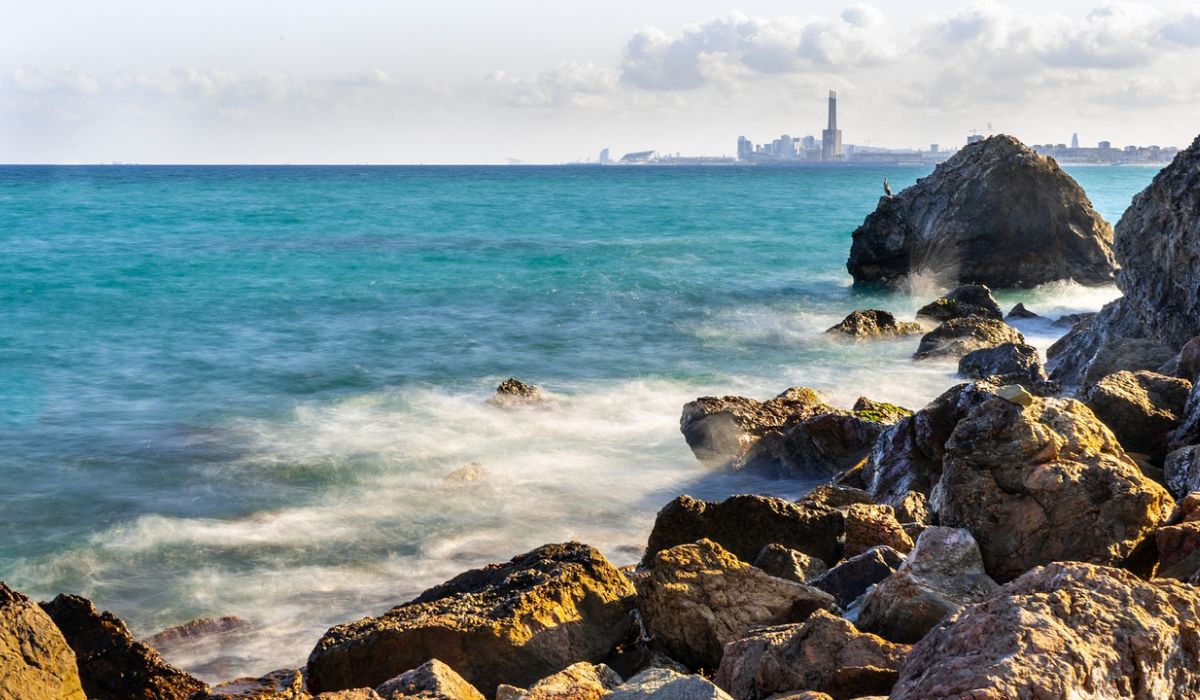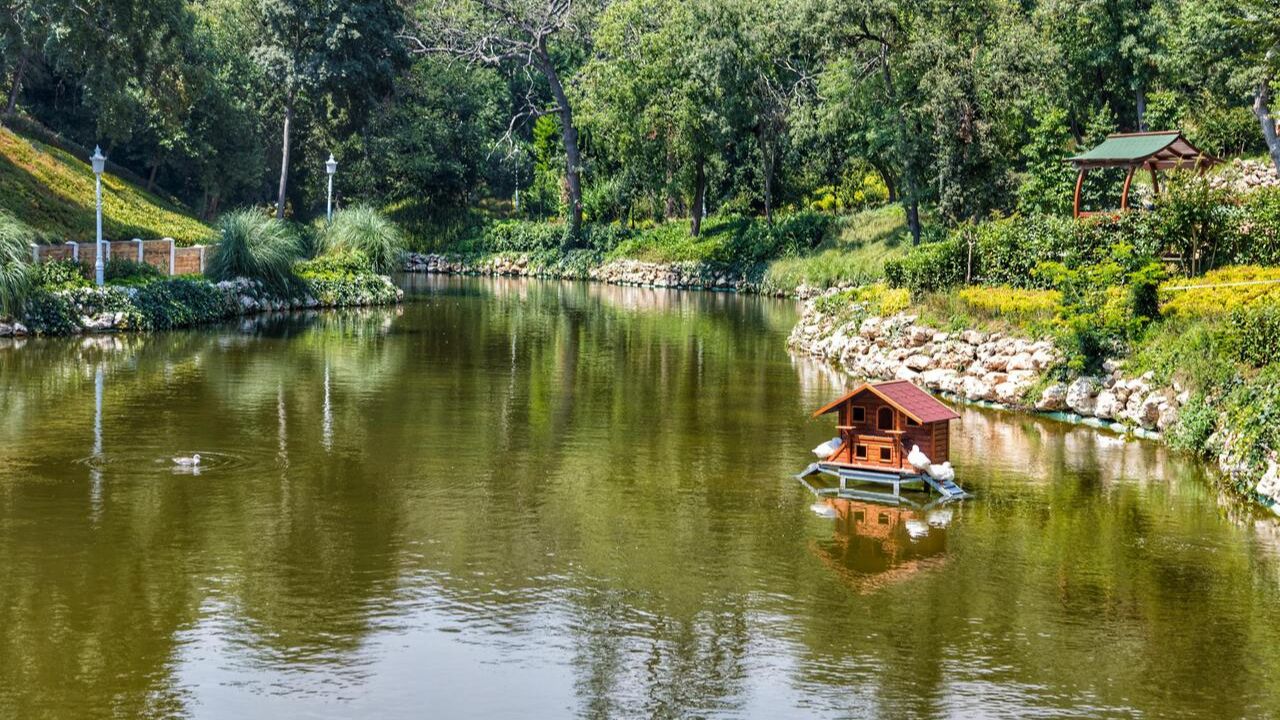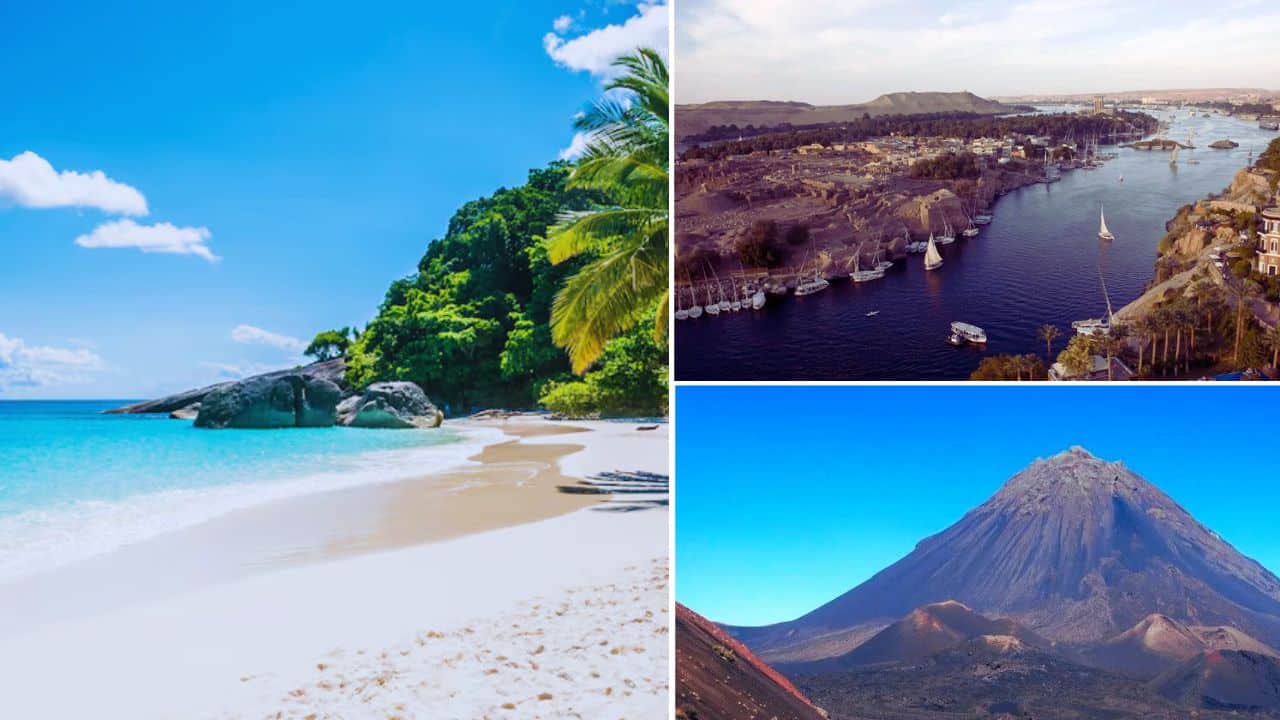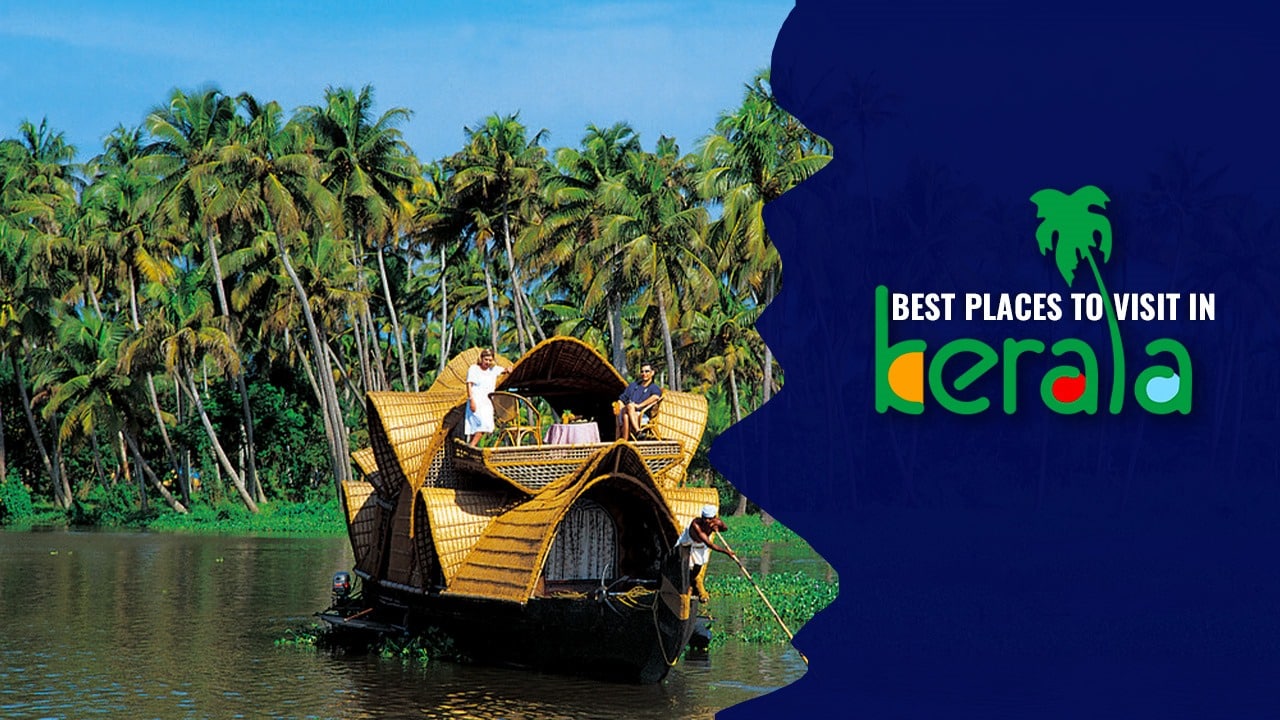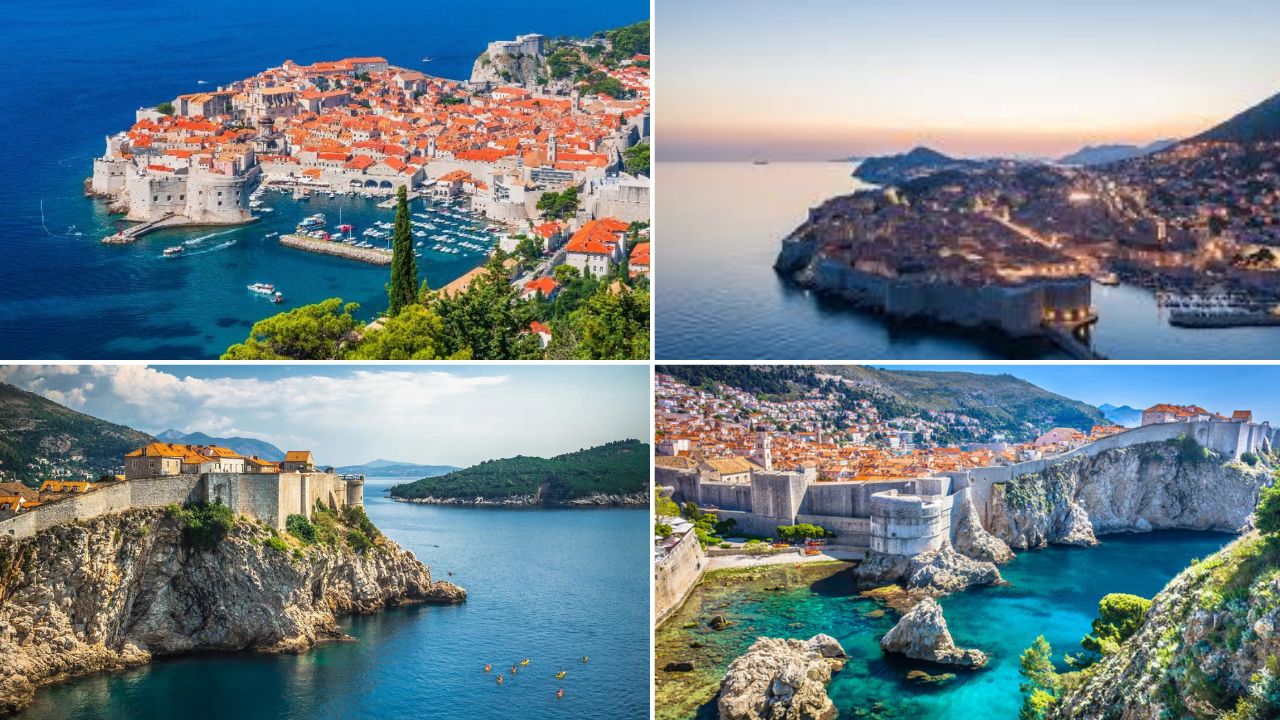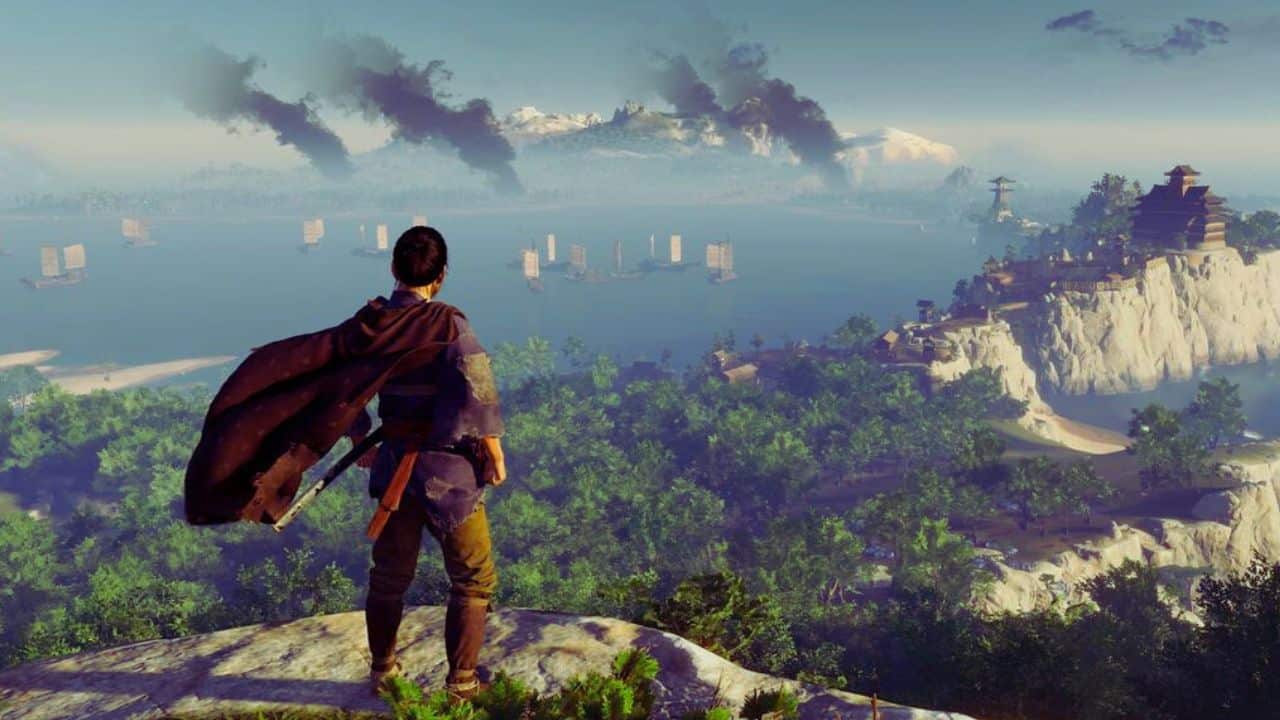Join us as we journey through some of the most dangerous beaches in the world and uncover the reasons behind their daunting reputations.
While many dream of pristine sands and crystal-clear waters when they think of a beach getaway, there are some beaches that defy these peaceful expectations. Across the globe, a few mesmerizing shorelines are known more for their lurking dangers than their sunbathing spots. From unpredictable rogue waves to fearsome marine predators, these beaches are as stunning as they are treacherous.
These are the Most Dangerous Beaches in the World
1. Reunion Island (France) – Sharks
Just off Madagascar’s eastern shores lies a tropical paradise once favored by many, especially surf enthusiasts. However, this idyllic island has seen its reputation tarnished by a sudden increase in shark attacks. Since 2011, there have been over 20 reported cases, with eight of them proving fatal. The most recent tragedy was in February 2017 when a surfer lost his life. These incidents have cast a shadow over the island, significantly affecting tourism. The reason behind this surge in attacks remains a topic of debate.
2. Fraser Island (Australia) – Sharks and more
Located just a stone’s throw from Queensland’s coast, this island is a haven for eco-travelers. But don’t be fooled by its serene beauty. The waters can be treacherous, thanks to turbulent waves, lurking sharks, and stinging jellyfish. And once you’re back on dry land, keep an eye out for dingoes. These wild dogs roam the area and have been known to approach and even attack without warning. So, while it’s a mesmerizing destination, it’s essential to stay alert and aware of your surroundings.
3. Gansbaai (South Africa) – Sharks
Nestled just south of Cape Town, this beach lies tantalizingly close to Shark Alley. This channel, sandwiched between two islands, is teeming with great white sharks. Why? Well, Dyer Island, one of these islands, is home to a bustling colony of Cape fur seals – a favorite snack for these fearsome predators. And where there are sharks, there are adrenaline-junkies. Many tourists flock here, not just for the beach, but for the heart-pounding experience of cage-diving amidst these ocean giants.
4. Praia da Boa Viagem (Recife, Brazil) – Sharks
Since 1992, Recife has witnessed the unfortunate loss of 56 people to shark attacks. What’s startling is the fatality rate of these attacks—it stands at a staggering 37%, making it the highest globally. A mere half-mile from the shore, a migration route draws sharks in significant numbers. Given the risk, it’s no surprise that lifeguards now prefer to train in pools rather than brave these unpredictable waters.
6. Darwin (Australia) – Jellyfish and sharks
If you’re in Darwin between October and May, watch out for the swarms of venomous box jellyfish. But it’s not just the jellyfish; crocodiles are a year-round concern, and let’s not forget the sharks. If you’re keen on taking a dip while in Darwin, it’s best to stick to patrolled beaches and always listen to the advice of lifeguards.
7. New Smyrna Beach (Florida, USA) – Sharks
By 2013, this beach near Orlando had witnessed close to 240 shark attacks, more than any other beach worldwide. Thankfully, most of these encounters weren’t fatal, thanks to the smaller black-tip reef and bull sharks in the area. Still, it might be a good idea to think twice before taking a dip here.
8. Girgaum Chowpatty Beach (Mumbai, India) – Pollution
Mumbai’s coastal waters face severe pollution issues, largely because of untreated sewage flowing directly into the sea. Girgaum Chowpatty, a favorite spot for tourists, ranks among the world’s most polluted beaches. The water and sand have alarmingly high levels of fecal coliform bacteria, and sadly, the situation seems to be getting worse rather than better.
9. Copacabana Beach (Rio de Janeiro, Brazil) – Crime
Rio’s iconic beach is a magnet for visitors from all over the world. However, while enjoying its beauty, it’s essential to be cautious. The water and sand sometimes have elevated bacteria levels. Plus, petty crimes like theft are not uncommon. It’s a good idea to keep an eye on your belongings or even better, leave the valuables, especially your phone, safely tucked away at your accommodation.
10. Bikini Atoll (U.S. Marshall Islands) – Radiation
This picturesque island in Micronesia hides a somber past. Between 1946 to 1958, the U.S. Army conducted nuclear weapons tests here. Due to lingering radiation, permanent habitation is unsafe, and consuming locally grown food isn’t recommended. Still, its haunting beauty attracts wreck divers, even if tourism remains limited.
11. The Red Triangle (California, USA) – Sharks
Stretching 200 miles along the California coastline, from Bodega Bay in the north to Big Sur in the south, this region is a notable hotspot for great white shark activity. In fact, an estimated 38 percent of all great white shark attacks in the United States have occurred here. The area’s abundant sea lion, seal, and sea otter populations provide a plentiful food source for these sharks. So, why might they attack humans? The primary reason seems to be curiosity rather than aggression.
12. Kilauea (Hawaii, USA) – Lava
The Kilauea volcano, active since 1983, presents a breathtaking spectacle as its 6.5-mile lava flow meets the ocean. As the molten rock touches the water, it results in dramatic boiling and steaming, eventually solidifying into rock formations. However, it’s essential to approach with caution: the U.S. Geological Survey highlights the potential dangers of steam vents, which can unexpectedly release hot lava spurts and propel rocks quite a distance.
13. Playa Zipolite (Mexico) – Drowning
This picturesque beach, celebrated for its tranquil beauty and relaxed, bohemian vibe, unfortunately also has a reputation for its powerful rip currents, resulting in numerous drownings over the years. To help keep beachgoers safe, a team of dedicated volunteer lifeguards has been on duty since 1995. Additionally, flags are strategically placed along the beach to warn swimmers of especially hazardous areas.
14. Staithes (UK) – Pollution
Located in Yorkshire, this North Sea beach has had its challenges with water quality, not quite meeting European standards. Known as one of Europe’s more polluted beaches mainly due to sewage overflow issues, the local government took a proactive step in 2010, announcing plans to enhance the coastline and address the pollution concerns.
15. Cape Tribulation (Queensland, Australia) – Jellyfish and more
Tucked away in the northern tip of Queensland, this beach is a haven for some of nature’s most intriguing species. From the highly toxic box jellyfish to stealthy crocodiles and venomous snakes, it’s an ecosystem brimming with surprises. Even the plant life has its quirks, with trees that can sting. And then there’s the cassowary, a large bird resembling an emu or ostrich, weighing in at over 160 pounds. While magnificent to observe, it’s best to give these creatures their space, as they can become aggressive if they feel threatened.
16. Hanakapiai Beach (Kauai, Hawaii, USA) – Drowning
Nestled at the end of Kauai’s renowned Kalalau Trail is a breathtaking beach that beckons many a hiker. However, as inviting as the waters may appear after a long trek, it’s essential to exercise caution. This beach is known for its remarkably strong rip currents and towering waves, making it one of the world’s riskiest spots for swimming. Tragically, since 1970, over 29 people have lost their lives to these deceptive waters.
17. Amazon Basin (Brazil) – Piranhas and more
The Amazon River, with its rich biodiversity, draws ecotourism enthusiasts from all over the world. However, if you’re tempted to dive into its waters, you might want to think twice. From the sharp-toothed piranhas to the electrifying eels, and from the mighty anacondas to the sneaky candiru catfish known for its unpleasant parasitic tendencies, the river is home to some truly intriguing, if not intimidating, residents. It’s best to enjoy the Amazon’s beauty from a safe distance!
18. Cairns (Australia) – Jellyfish
Cairns, located in north Queensland, serves as a prime entry point to the wonders of the Great Barrier Reef. However, if you’re planning a visit, especially between November and June, it’s essential to be mindful of jellyfish. During this period, often referred to as the “stinger season,” some jellyfish species, like the Irukandji and the ominously nicknamed Chironex fleckeri or “hand of death,” can deliver potentially lethal stings. So, while the reef’s beauty is undeniable, it’s always best to stay informed and take precautions.
19. Utakleiv Beach (Norway) – Extreme Cold
Tucked away in the Lofoten Islands, north of the Arctic Circle, is a picturesque rocky beach perfect for those seeking solitude and romance. But if you’re tempted by a summer swim, think twice. Even during the warmest months, the sea temperatures hover between a chilly 8 and 14 degrees Celsius, making it cold enough to risk hypothermia if you’re in the water too long. Always be cautious and enjoy the view!
20. Acapulco (Mexico) – Crime
Acapulco, once famed for its stunning beachfront hotels and vibrant dining scene, has recently garnered a reputation due to increasing crime rates. This shift is largely attributed to conflicts between rival drug cartels, leading to incidents such as carjackings, robberies, and even kidnappings. Visitors should exercise caution and stay informed about the current situation.
21. Mindanao Island (Philippines) – Terrorism
The southern Philippines, particularly the island group including Mindanao, boasts pristine sandy beaches and crystal-clear waters perfect for snorkeling. However, in recent times, the region has witnessed tensions between Muslim militants and government forces. There have also been unfortunate incidents of foreign nationals being kidnapped by extremist groups. If planning a visit, travelers are advised to stay updated on the current situation.
22. Skeleton Coast, Namibia
Skeleton Coast in Namibia is as intriguing as it sounds. While some might be drawn to beaches with catchy names, this one has some unique characteristics that might give you pause. For starters, it’s home to 11 species of sharks. Then there’s the challenging currents that have claimed nearly 500 ships, their remnants now serving as an eerie backdrop along the shoreline. And if the marine challenges weren’t enough, you might occasionally spot a lion or hyena on your stroll, adding to the beach’s wild allure. It’s definitely not your typical beach destination!
23. Virginia Beach, USA
Virginia Beach, located near the nation’s capital, is a picturesque getaway that draws countless visitors. But beyond its sandy shores and gentle waves, the beach has its wild side. The local wildlife, particularly feral hogs and foxes, are more than just curious creatures. While it’s uncommon for these animals to approach beachgoers aggressively, it’s essential to remember that they are wild. The feral hogs, especially, are quite large and can be intimidating. And as for the foxes, while they might look charming, they’re best admired from a distance. So while enjoying the sun and surf, always keep an eye out and respect the local fauna.
24. North Sentinel Island Beach, India
North Sentinel Island is one of the few places on Earth where its indigenous inhabitants remain untouched by the modern world. It might seem curious in our age of connectivity and globalization, but the islanders have consistently chosen isolation. How have they maintained this? Through a clear message: outsiders are not welcome. Those who have ventured to the island have often been met with aggression, emphasizing the tribe’s desire for solitude. This has led to a general prohibition on visiting the island, ensuring the community’s wishes for privacy are respected.
25. Dumas Beach, India
Dumas Beach in India has more than just its natural beauty to talk about. While the presence of king cobras might be enough to give some visitors pause, local legends add another layer of intrigue. It’s believed by many that the beach, with its distinctive black sands, was once a Hindu burial site. This has given rise to tales of hauntings and mysterious happenings. Although these ghostly tales remain unconfirmed, the beach has attracted those curious about the supernatural. So, if you’re up for a mix of natural splendor and a touch of mystery, Dumas Beach might be worth a visit. Just remember to respect local customs and tales!
26. Cable Beach, Australia
Cable Beach, often featured in travel guides for its stunning sunsets and unique landscapes, has a wild side that only locals truly understand. While the setting sun paints a picturesque backdrop, the beach is also home to Australia’s diverse wildlife. On land, you might encounter some of the country’s venomous snakes and spiders. Venture into the waters, and you could meet pointer sharks, box jellyfish, and even the odd saltwater crocodile. Additionally, the strong currents here are not to be underestimated. It’s safe to say that the lifeguards at Cable Beach truly earn their keep. If you plan to visit, always be cautious and respect the beach’s natural inhabitants.
27. Schitovaya Bukhta, Russia
Schitovaya Bukhta boasts some of the world’s most impressive surfing waves, making it an alluring destination for avid surfers. However, visitors might want to think twice before diving in. Nearby Vladivostok, where the Russian navy has its base, is also the location where decommissioned nuclear submarines are kept. Rumors persist about potential leaks of radioactive materials into the water from storage units due to underground fissures. The lack of transparency from the Russian government has fueled these concerns. It might be best for surfers to seek out safer shores to catch their perfect wave.
28. Lamu Island Beach, Kenya
Lamu Island in Kenya boasts stunning beaches that seem perfect for a tropical escape. However, its proximity to conflict-ridden Somalia has raised concerns. In 2011, the area witnessed two kidnappings attributed to Somalian pirates, and in 2014, a terrorist attack occurred in Lamu county. While these incidents might not be daily occurrences, they do highlight the potential risks in the region. Travelers should weigh the beauty of the beaches against the safety concerns before deciding to visit. Safety should always be a top priority.
29. West End Beach, Bahamas
30. Costa del Sol, Spain
Costa del Sol, with its stunning beaches, has always been a top choice for travelers visiting Spain. Located in this region, Marbella was once a peaceful paradise for tourists. However, in recent years, it has seen an unfortunate rise in gang-related activities and thefts, making it essential for visitors to exercise caution.
But it’s not just the urban challenges that can surprise visitors. The beautiful beach itself has its challenges. Unexpected weather changes can lead to strong winds, and the ocean’s powerful undertow has caught even seasoned swimmers off guard. Despite these concerns, Costa del Sol remains a popular destination. It’s always important for visitors to be informed and stay safe.
Conclusion
While the allure of pristine shores and azure waters might beckon travelers from every corner of the globe, it’s essential to remember that not all beaches are idyllic paradises. Some of the world’s most breathtaking coastlines hide dangers that range from deadly wildlife to unpredictable natural phenomena. As our exploration of the planet’s most Dangerous Beaches in the World, beauty can sometimes cloak potential perils. This doesn’t mean one should stifle their wanderlust, but rather approach each beach with a blend of awe and caution. Researching local conditions, heeding warnings, and respecting local advisories can be the difference between a memorable trip and a perilous one. As we tread the sands and dip our toes into vast oceans, let’s commit to staying informed and prioritizing safety. The world’s beaches await – but with their many wonders come responsibilities we should never overlook.
FAQs: Most Dangerous Beaches in the World
What are the most dangerous beaches in the world?
Explore our list of beaches known for their hidden perils, from treacherous wildlife to unpredictable natural phenomena.
Why is the Skeleton Coast considered one of the world’s most hazardous beaches?
Discover the factors that contribute to this coastline’s notorious reputation, including its challenging currents and local wildlife.
Which beaches are notorious for shark attacks?
Dive into our research on beaches where shark encounters are more common, and learn how to prioritize safety.
Are there any haunted beaches globally?
Unravel the mysteries behind beaches with spine-chilling legends and supernatural stories from locals and travelers alike.
How can I stay safe while visiting a dangerous beach?
Equip yourself with our expert tips and recommendations to ensure a memorable and safe beach trip.
Which beaches have the strongest rip currents?
Find out the coastlines notorious for their powerful currents, and understand the precautions one should take.
Are there beaches with dangerous wildlife beyond sharks?
Learn about the various threats posed by different fauna on some of the world’s beaches, from snakes to jellyfish.
How does local pollution or environmental factors make some beaches risky?
Explore the impact of human-made and environmental factors that contribute to the dangers on specific coastlines.
Are there any beaches that were once safe but are now considered dangerous?
Chart the changing reputations of various beaches over time due to evolving threats and circumstances.
Can beaches be both beautiful and perilous?
Delve into the paradox of some of the world’s most visually stunning beaches that simultaneously pose hidden threats to visitors.


